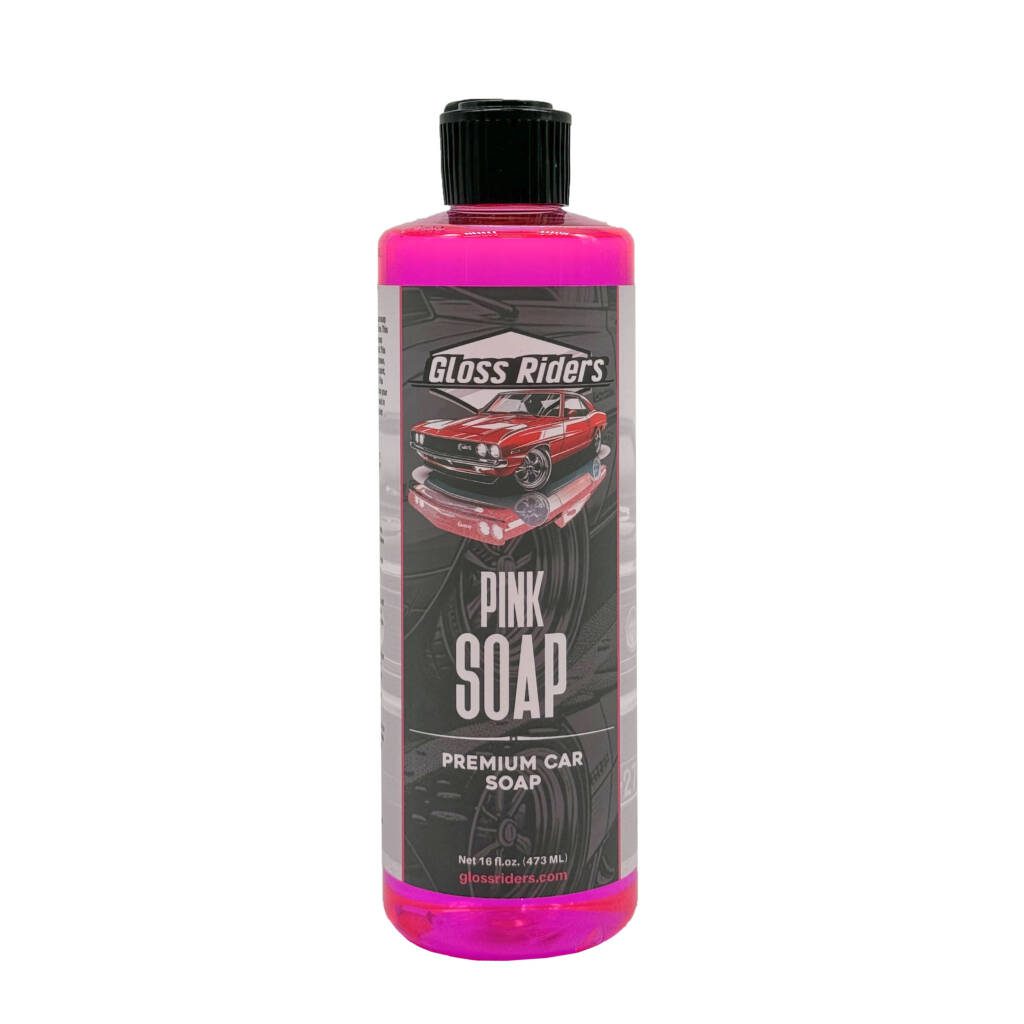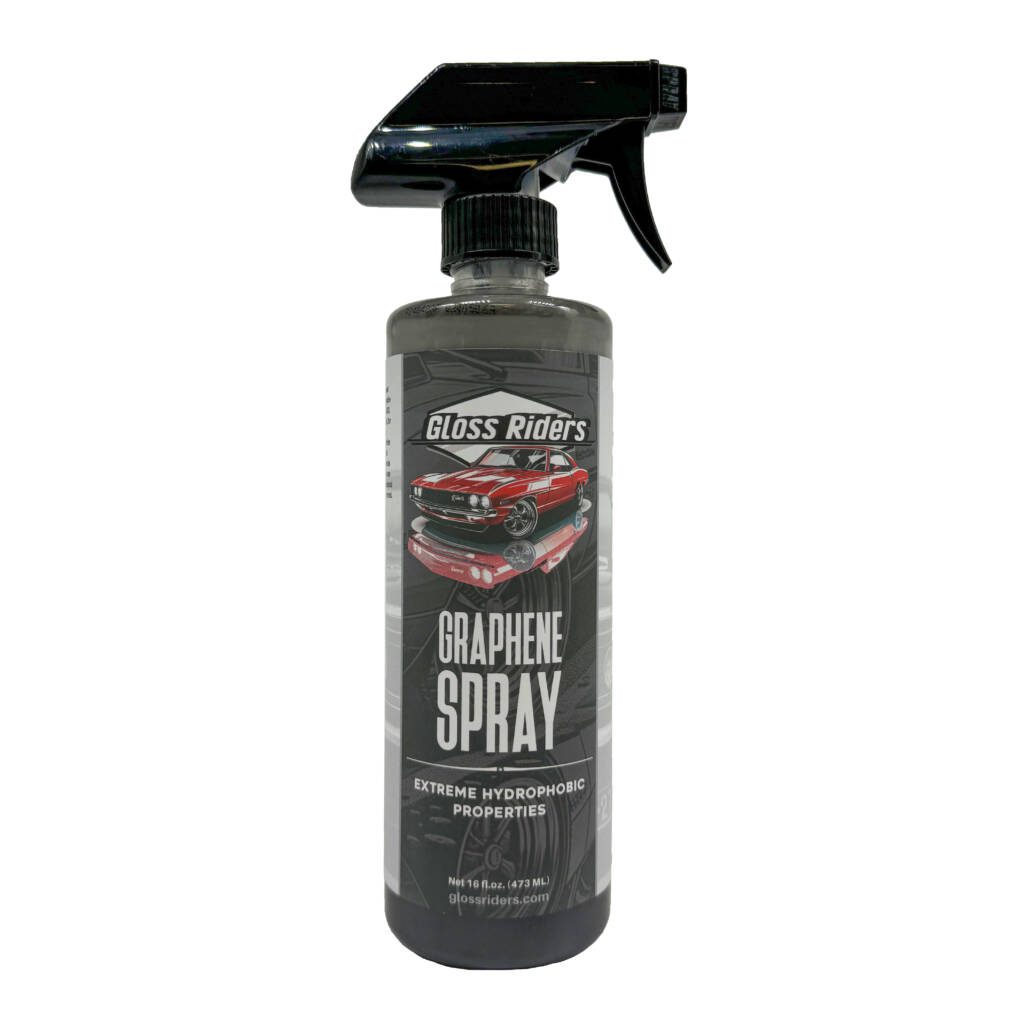As a professional detailer, you know that paint protection is at the heart of any vehicle’s appearance and longevity. Whether you’re dealing with daily drivers or show cars, maintaining a pristine finish is key to satisfying clients and building your reputation. In this guide, we’ll dive deep into the different aspects of paint protection—from surface prep to product choices—while highlighting some options from the Gloss Riders collection that can elevate your results.
1. Why Paint Protection Matters
Before diving into the “how,” let’s touch on the “why.” Vehicle paint isn’t just about looks—it’s a critical layer that shields the car’s body from environmental damage like UV rays, bird droppings, road salt, and acid rain. Over time, unprotected paint can fade, oxidize, or develop imperfections like swirls, scratches, and etching. Effective protection not only preserves the paint’s gloss but also makes ongoing maintenance easier, allowing detailers to deliver consistently high results.
2. The Importance of Proper Surface Preparation
Preparation is 80% of the game. Before applying any protective layer, the paint must be perfectly clean and free of any contaminants. This involves the following key steps:

- Wash: Use a high-quality soap like Gloss Riders’ Pink Foaming Soap to break down dirt, grime, and road film. The Super Suds formula ensures that you’re not just cleaning but also laying a solid foundation for the next steps.
- Decontamination: Iron and other embedded particles need to be removed using a fallout remover or a clay bar. Following the wash, a quick pass with a clay bar removes stubborn contaminants from the clear coat that washing alone can’t handle.
- Polishing: This is where your skills as a detailer shine. Even minor swirls or imperfections can become more noticeable under sealants or coatings. A light polish or even a compound if needed can restore the paint to a flawless finish. Remember, polishing also enhances the gloss before the protection is applied.
3. Choosing Your Protection: Sealants vs. Waxes vs. Coatings


Now that the paint is properly prepped, it’s time to choose the protection. Your choice here depends on the client’s needs, the vehicle’s usage, and the level of durability required. Let’s break down the options:
- Sealants: Synthetic sealants like the Gloss Riders Polymer Paint Shield offer a solid balance between ease of use and durability. With advanced polymers, they bond with the paint and typically provide 4-6 months of protection. The shine is glossy and slick, and it’s often a go-to for clients who need seasonal protection without a huge investment.
- Waxes: For detailers who love the traditional look and feel, carnauba waxes still have a place, especially for that deep, warm glow. Gloss Riders Glossy Wax is ideal for clients prepping for a car show or for vehicles that don’t face harsh conditions. Waxes typically last 1-3 months and can be layered on top of a sealant for extra gloss.
- Ceramic Coatings: If you’re aiming for maximum durability and premium service offerings, ceramic coatings are the top choice. Gloss Riders’ Graphene Ceramic Coating offers not just months, but years of protection with proper maintenance. Graphene-enhanced coatings bring superior hydrophobicity, resistance to chemicals, and a harder surface that makes the paint much more resilient against scratches and environmental damage. While application is more intensive, the results justify the effort, with clients loving the slickness and easy maintenance.
4. Application Best Practices
No matter which product you choose, application technique is critical. Here are a few tips:
- Apply in Thin Layers: Whether it’s a wax, sealant, or coating, less is often more. A thin, even application ensures better bonding and reduces the risk of streaks or hazing.
- Curing Time: Always follow the manufacturer’s guidelines regarding curing times. For example, the Gloss Riders Graphene Ceramic Coating benefits from 24-48 hours of curing time before the vehicle is exposed to water or elements.
- Buffing Technique: After application, allow sufficient time for the product to haze if needed, then gently buff off using premium microfiber towels, such as those available from Gloss Riders. The quality of your towels directly impacts the finish; low-quality towels can reintroduce micro-marring, undoing your hard work.
5. Maintenance Recommendations
Educating clients about maintaining the protection is part of delivering value. You might want to offer maintenance services or products that complement the initial protection:
- Regular Washes: Recommend a pH-neutral soap like Gloss Riders Pink Foam Wash that doesn’t strip away protection but keeps the surface slick and clean.
- Detail Sprays: Suggest a quick detailer or spray sealant like Gloss Riders Graphene Detail Spray for in-between washes. It boosts the gloss and hydrophobic properties while extending the life of the base protection.
6. Building Client Trust Through Consistent Results
Consistency in your service is key to long-term success. By understanding the principles of paint protection and leveraging high-quality products, you’re not just delivering shine—you’re providing lasting value to your clients. The more knowledge you bring to your detailing work, the more clients will trust your recommendations and return for follow-up services.
Conclusion
As a detailer, paint protection is where technique meets science. From choosing the right product to perfecting your application process, mastering this aspect of detailing will elevate your offerings and client satisfaction. Keep honing your craft, staying informed about new products, and fine-tuning your approach to consistently deliver top-notch results. And remember, a well-protected paint job doesn’t just look great—it builds your reputation as a detailer who goes above and beyond.

